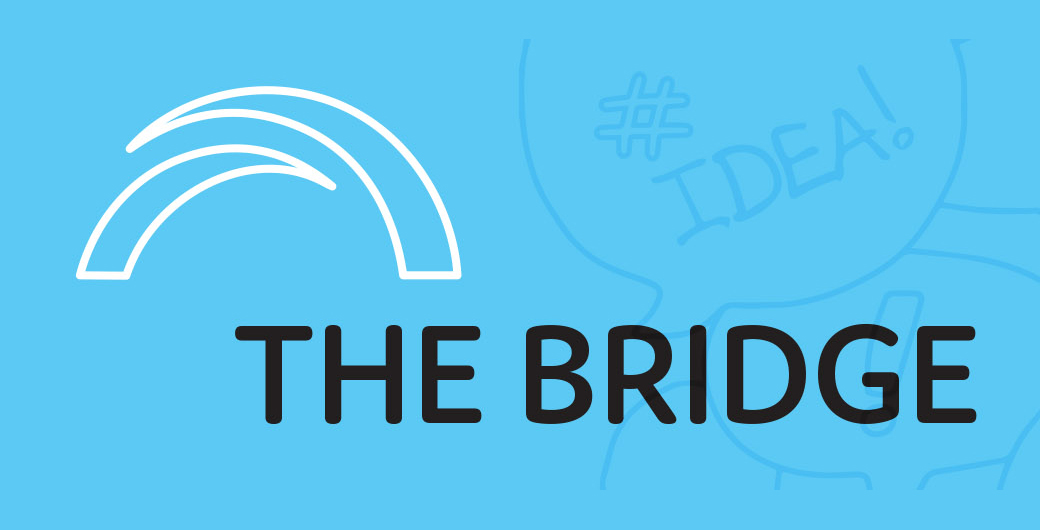
Red tape negatively affects both innovation and collaboration in the public sector. A paper in the International Journal of Public Administration examines the impact of internal red tape (e.g. budget, communication, information, personnel) on collaborative innovation. It identifies four major impacts such as limiting the potential for novel problem solutions.
What is collaborative innovation?
Collaborative innovation is defined as the networked collaboration of multiple stakeholders that produces outcomes deemed valuable and desirable by the key stakeholders.
There are three types of collaborative innovation in the public sector:
- Collaborating with internal stakeholders such as other departments and agencies within government.
- Collaborating with actors at other levels of government.
- Collaborating with stakeholders such as experts, private firms, user groups and interest groups.
Understanding red tape
Red tape is a multidimensional concept. Common divisions include:
- objective versus perceived red tape
- internal versus external red tape
Objective versus perceived red tape
The amount of red tape can be measured objectively in an organisation. This can be done using indicators such as processing time and the number of approvals needed to perform key managerial tasks. However, the importance of perception should not be underestimated. It is often the perception of red tape, rather than red tape itself, which can be a barrier to public sector innovation.
Internal versus external red tape
Both internal and external red tape refer to bureaucratic procedures, regulations, and routines that make functioning more difficult. The difference is who they make it more difficult for. Internal red tape negatively affects the internal operations of a public agency and is hence burdensome for the agency itself. External red tape burdens citizens and other stakeholders in their dealings with the agency.
Apart from different actors being affected, internal and external red tape also have different origins. Internal red tape can originate from dysfunctional rules and good rules that have gone bad. External red tape mostly originates from political institutions.
Dimensions of internal red tape
Another way of distinguishing forms of red tape is by the organisational dimension that is hampered by rules and procedures. The paper outlines five different red tape dimensions:
- Personnel red tape: These are the rules and procedures limiting a manager’s ability to reward employees in a flexible way, have authority over personnel actions, and execute personnel measures in a timely manner.
- Budgetary red tape: Rules and procedures that limit a manager’s ability to reallocate funds in accordance with an agency’s mission.
- Procurement red tape: Rules and procedures that make it unnecessarily difficult for managers to purchase goods and services.
- Information red tape: Rules and procedural requirements that make it more difficult for managers to obtain relevant information and do so in a timely manner.
- Communication red tape: The rules and procedures that hamper or unnecessarily restrict the communication of information. This can include communication within a government organisation, among government organisations, or between a government organisation and the outside world.
About the research
The research involved a systematic literature review of 74 articles, published between 1987 and 2022. Two studies measured objective red tape, 70 studies measured perceived red tape and one study measured both.
The review identified a cluster of red tape effects:
Change and innovation
There is a negative relationship between red tape and employees’ innovative potential as it undermines employee autonomy and flexibility. However, research has shown that red tape can be an incentive as well as a barrier to innovation. High levels of red tape can create pressure to seek alternative solutions for red tape problems.
Projects and collaborations
Red tape can cause problems in collaborative projects with experimentation and funding. A strict adherence to budgets and planning horizons can make collaborations more fraught.
Adverse psychological consequences
Effects on employees can include a decrease in job satisfaction, reduced motivation, increased frustration and decreased creativity. This in turn can lead to in turn lead to burn out, an increase in turnover and decreased organisational commitment.
Technical effects
These are operational issues and include obtaining usable information necessary for decision-making, extensive paperwork and delays in approval.
The bottom line
Red tape can:
- hamper effective and efficient collaborative innovation through paperwork and delays (technical)
- reduce innovative behaviour due to a lack of motivation among public servants (psychological)
- hamper collaborative innovation by creating risk aversion (change and innovation)
- be a barrier to collaborative arrangements by creating difficulties in changing partners (collaboration).
There are also positive effects as frustrations with red tape can encourage organisations to innovate.
Want to read more?
Collaborating for Innovation: A Systematic Review of the Red Tape Effects at Play – Charlotte Van Dijck & Trui Steen, International Journal of Public Administration, May 2022.
Each fortnight The Bridge summarises a piece of academic research relevant to public sector managers.

Recent Research Briefs on the topic of innovation include:
- Published Date: 20 May 2022
